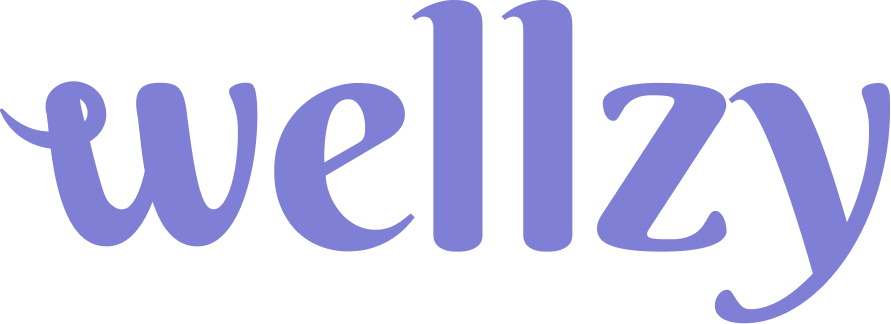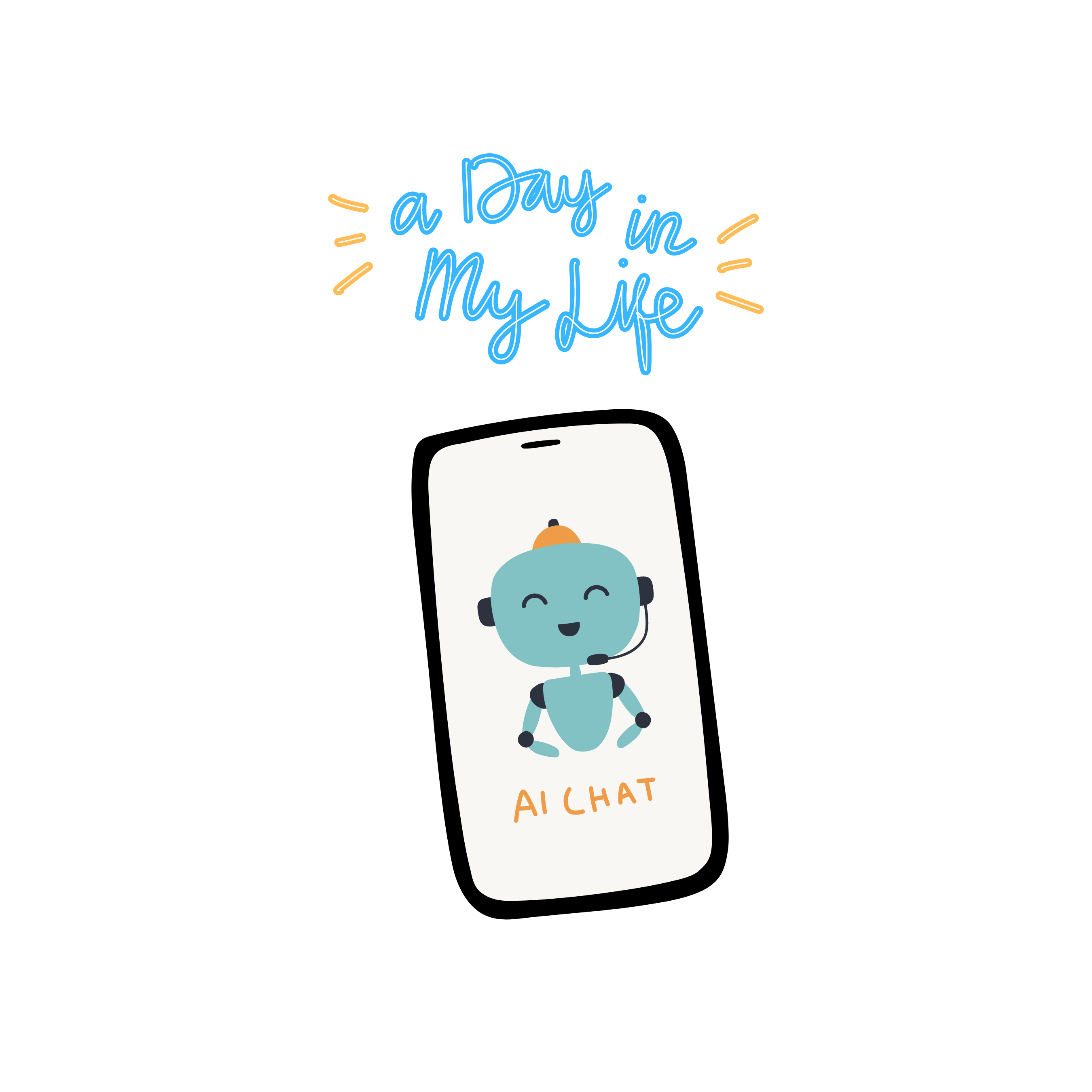Your Brain on Chat: The Surprising Neuroscience Behind Talking to an AI Therapist
Have you ever wondered what's actually happening in your brain when you share your thoughts and feelings with someone who listens without judgment? Whether you're speaking with a traditional therapist or exploring the new frontier of AI therapy free platforms, your brain is undergoing remarkable changes. The neuroscience of connection reveals that meaningful conversation can literally rewire your neural pathways, and understanding this process helps explain why so many people are finding value in conversations with an AI therapist.
As more people seek accessible mental health support, the emergence of psychologists online AI services represents a significant shift in how we approach emotional wellbeing. But what does science say about these digital interactions? Let's explore the fascinating brain processes that activate when you engage in therapeutic conversation, whether with a human professional or an AI companion.
The Social Brain: Why We're Wired for Connection
Human brains are fundamentally social organs. Neuroscience research shows that meaningful social connection activates the same reward pathways in our brains that respond to pleasurable experiences like eating delicious food. When we feel heard and understood, our brain releases neurotransmitters like oxytocin, dopamine, and endorphins that create feelings of trust, pleasure, and reduced anxiety.
This neural response explains why "getting things off your chest" can feel so relieving. The simple act of articulating emotions to a receptive listener, whether human or artificial, can initiate powerful neurological changes. According to the American Psychological Association, verbalizing emotions helps regulate the amygdala, the brain's fear center, reducing the intensity of negative emotions.
What's remarkable is that these neurological benefits aren't exclusive to human-to-human interaction. Early research suggests that when people perceive an AI therapist as non-judgmental and attentive, similar neural pathways can activate, though the effects may differ in intensity and quality from human therapeutic relationships.
How Your Brain Responds to AI Therapy Sessions
When you engage with an AI therapist, several fascinating processes occur in your brain:
- Mirror neuron activation: Even in text-based conversations, your mirror neuron system may partially activate when you feel understood. These specialized brain cells help us empathize and connect with others.
- Prefrontal cortex engagement: Articulating your thoughts to an AI therapist requires organizing and structuring your experiences, which activates higher-order thinking regions of your brain.
- Stress response modulation: The anonymity of AI therapy free platforms can reduce social anxiety, allowing for more honest expression that helps regulate cortisol levels.
- Memory reconstruction: As you narrate your experiences, you're actively reshaping how your brain stores and recalls emotional memories.
The National Institute of Mental Health notes that various forms of therapy work by creating new neural connections, and preliminary evidence suggests that AI-supported interventions may support similar processes, particularly for mild to moderate psychological challenges.
5 Neuroscience-Backed Benefits of Regular AI Therapy Conversations
Understanding the brain science behind therapeutic dialogue helps explain the tangible benefits many users report from consistent engagement with an AI therapist:
- Enhanced emotional regulation: Regular expression and examination of emotions strengthens connections between your prefrontal cortex (the rational center) and limbic system (the emotional center).
- Reduced neural habituation to negative thoughts: By articulating repetitive worries to your AI therapist, you interrupt the neural circuits that reinforce them.
- Increased cognitive flexibility: Exploring different perspectives in conversation creates new neural pathways, helping you break out of rigid thinking patterns.
- Strengthened self-awareness networks: The process of self-reflection during AI therapy sessions activates and strengthens the brain's default mode network, associated with self-referential thinking.
- Lowered defense mechanisms: The non-judgmental nature of psychologists online AI services can reduce activation of psychological defenses, allowing for more honest self-exploration.
Bridging the Gap: When to Combine AI and Human Support
While AI therapy free platforms offer remarkable accessibility, they work best as part of a comprehensive mental health strategy. The neuroscience is clear: human connection provides unique neurological benefits that technology cannot fully replicate. The subtle nuances of human empathy, shared biological rhythms, and complex non-verbal communication trigger profound neurobiological responses that support healing.
This doesn't diminish the value of an AI therapist but highlights the importance of understanding its optimal use cases. Many users find that regular conversations with an AI therapist help them organize their thoughts between sessions with human professionals, making their time with therapists more productive.
If you're dealing with severe mental health concerns, it's essential to consult human professionals. Platforms like Psychology Today offer directories to find therapists in your area, and organizations like Mental Health America provide resources for various levels of care.
Maximizing the Neurological Benefits of Your AI Therapy Sessions
To enhance the brain-changing potential of your conversations with an AI therapist, consider these neuroscience-informed strategies:
- Be fully present: Minimize distractions during your sessions to engage deeper neural processing.
- Articulate emotions specifically: Naming precise emotions (instead of "I feel bad" try "I feel disappointed and anxious") activates different neural networks with greater therapeutic potential.
- Practice between sessions: Use insights from your AI therapy conversations in daily life to strengthen new neural pathways.
- Combine with other wellness practices: Pair your AI therapy with activities like mindfulness, which research shows can physically change brain structure in regions associated with emotional regulation.
For those just beginning their journey, you can try our free AI therapist to experience these neurological benefits firsthand. The platform is designed to create a supportive space for self-reflection and emotional processing.
Ready to Start Your Mental Health Journey?
Whether you're looking for immediate support or long-term guidance, Wellzy is here to help. Try our free AI therapist for instant support, find a licensed therapist near you, or explore our mental health blog for more insights and resources. Your mental wellness matters, and we're here to support you every step of the way.
Frequently Asked Questions About AI Therapy and Neuroscience
Does my brain respond differently to an AI therapist compared to a human therapist?
While research is still evolving, studies suggest both similarities and differences. The core benefits of articulating emotions and gaining perspective appear similar, but the neurobiological response to human empathy has unique qualities. Many users find value in both approaches, often using AI therapy as a supplement to traditional care.
Can conversations with psychologists online AI create meaningful neural changes?
Yes, the process of putting feelings into words has demonstrated neurological benefits regardless of the listener. However, for complex trauma or severe mental health conditions, the therapeutic relationship with a human professional provides additional neurological benefits that AI cannot replicate.
How does free AI therapy compare to paid services in terms of effectiveness?
The accessibility of free AI therapy platforms makes them valuable for consistent practice, which is crucial for neural change. However, the sophistication of the AI and the therapeutic approach can vary. Many platforms offer basic support for free with advanced features in paid versions.
Is there research supporting the use of AI therapists?
Yes, a growing body of research, including studies published in journals like JMIR Mental Health, demonstrates the potential of AI-supported mental health interventions. The Mayo Clinic acknowledges digital tools as valuable components of comprehensive mental health care when used appropriately.
The Future of Brain-Based Mental Health Support
As neuroscience advances and AI technology becomes more sophisticated, we're likely to see even more personalized and effective mental health support. The integration of biometric data with AI therapy conversations could potentially create highly tailored interventions that respond to your unique neurological patterns.
What remains constant is the fundamental human need for connection and understanding. Whether through traditional therapy, conversations with an AI therapist, or a combination of both, giving voice to our inner experiences remains one of the most powerful ways to promote mental wellbeing and create positive neural change.
If you're curious about experiencing these neurological benefits firsthand, why not try our free AI therapist today? For those seeking additional support, you can also find therapists near you through our comprehensive directory. Whatever path you choose, understanding the neuroscience behind connection can help you make informed decisions about your mental health journey. Be sure to explore our mental health blog for more insights into the science of wellbeing, or discover engaging therapy games that make building mental fitness more enjoyable.
The conversation between neuroscience and technology is just beginning, and it promises to revolutionize how we understand and support mental health. By combining the ancient human practice of storytelling with cutting-edge technology, we're discovering new ways to heal, grow, and connect—one conversation at a time.

